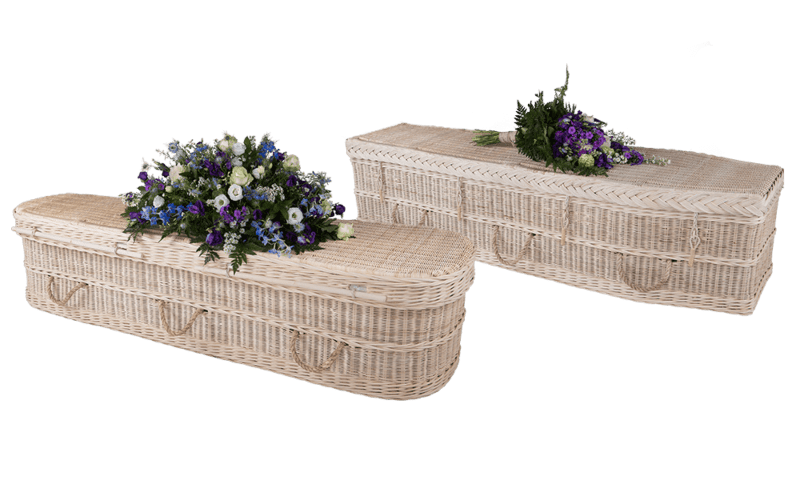Pandanus Coffin and Natural Coffins

Pandanus coffins, often made from the leaves of the pandanus tree, are traditional burial vessels used in some Pacific Island cultures, particularly in places like Papua New Guinea and the Solomon Islands. The leaves are woven into a sturdy structure, reflecting both cultural practices and the resources available in the environment.
These coffins can symbolize respect for the deceased and are often adorned with decorations or personal items. The use of natural materials connects the practice to the land and the community’s customs regarding death and mourning. Would you like to know more about their cultural significance or construction methods?
What’s the difference between Pandanus and Seagrass?
Pandanus and seagrass are quite different in terms of their biology, habitat, and uses:
- Botanical Classification:
- Pandanus: This is a genus of tropical plants in the family Pandanaceae. They are often characterized by their long, spiky leaves and can grow as trees or shrubs.
- Seagrass: Seagrasses are flowering plants that grow underwater in marine environments. They belong to various families, primarily in the order Alismatales.
- Habitat:
- Pandanus: Typically found in tropical and subtropical regions, often growing in coastal areas, forests, and disturbed land.
- Seagrass: Grows in shallow coastal waters, forming underwater meadows that provide habitat for marine life.
- Uses:
- Pandanus: The leaves are used for weaving, making mats, baskets, and traditional coffins, as well as for culinary purposes in some cultures.
- Seagrass: Important for marine ecosystems, seagrasses provide habitat and food for various aquatic species. They also play a role in coastal protection and carbon sequestration.
- Ecological Role:
- Pandanus: Primarily serves as a terrestrial plant, contributing to biodiversity and providing food and shelter for terrestrial animals.
- Seagrass: Crucial for marine ecology, supporting fish populations and stabilizing sediments.
If you have more specific questions about either, feel free to ask!
Why is using natural materials for coffins is so important
Using natural materials for coffins holds significant cultural, environmental, and symbolic importance for many communities:
- Cultural Significance: Many cultures have deep-rooted traditions regarding death and burial practices. Natural materials, like wood, bamboo, or pandanus leaves, often align with these traditions, reflecting respect for the deceased and their connection to the earth.
- Sustainability: Natural materials are often more environmentally friendly than synthetic options. They can decompose naturally, reducing the ecological footprint and contributing to the cycle of life.
- Symbolism: Natural coffins can symbolize a return to nature, reflecting beliefs in the afterlife, reincarnation, or the idea of being at one with the earth. This connection can provide comfort to grieving families.
- Community Connection: In many cultures, the crafting of coffins from local materials involves communal effort, strengthening social bonds and allowing for collective mourning and remembrance.
- Resource Availability: In many regions, especially rural or indigenous communities, natural materials may be more accessible and affordable than commercial options.
Overall, the use of natural materials for coffins embodies respect for cultural practices, ecological sustainability, and the interconnectedness of life and death.
Recommended Posts

The Online Coffin Business Isn’t Usually Online
January 14, 2021

The Coffin Shop – the Most Popular Part of the Site
January 14, 2021

7 Facts About Your Green Burial Options
August 5, 2020
